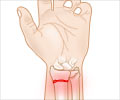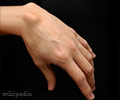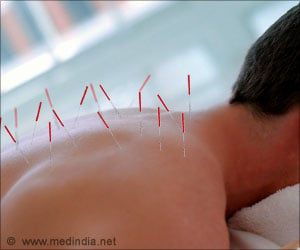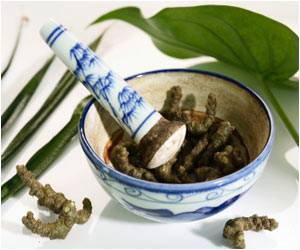According to a new study wrist acupunture or acupressure can significantly reduce vomiting and nausea symptoms, which are generally experienced after surgery.
According to a new study wrist acupunture or acupressure can significantly reduce vomiting and nausea symptoms, which are generally experienced after surgery.
The researchers have found that by stimulating an acupoint called the Pericardium (P6) point in the patients' wrists can help reduce these symptoms.Lead researcher Anna Lee of the Department of Anesthesia and Intensive Care at The Chinese University of Hong Kong revealed that stimulating the P6 point can occur by several methods such as acupuncture or acupressure.
Acupuncture involves penetrating the skin with thin, metallic needles at defined points. One type of acupressure involves wearing a wristband that presses down on the P6 point.
"After a stimulation on the acupuncture point, the nerve system is then activated and signals the brain to release certain chemicals known as neurotransmitters, such as serotonin, dopamine or endorphins," said Lixing Lao, a licensed acupuncturist and director at the Center for Integrative Medicine at the University of Maryland School of Medicine.
"These then block the other chemicals that cause the sickness, nausea and vomiting, in this case, in the central nerve system. Therefore, the patient won't feel that sick or nauseated," Lao added.
Lee and her colleague reviewed 40 studies comprising 4,858 patients. Most of the studies involved healthy adults undergoing elective surgery with general anesthesia.
Advertisement
"Of the 40 trials included, the most common method of stimulation was wristband alone, in 17 studies," said Lee.
Lee said "for 100 people, of whom 80 would vomit or feel sick after surgery if given sham treatment, about 25 people would benefit from P6 stimulation and 75 would not."
She said that reducing nausea and vomiting for surgery patients through P6 point stimulation could reduce costs, such as the cost of antiemetic medication and length of hospital stays, and improve the quality of patient care.
The review appears in the current issue of The Cochrane Library.
Source-ANI
THK












